Being one of the largest, most influential empires in history, Rome made great contributions to economics, politics, military, and culture. Stretching from Britain to Babylon, the Roman Empire fundamentally changed society, power, and ushered in an age of prosperity. However, it all began with two brothers near the Tiber River. Their story would become mythologized as their city and kingdom further grew in Central Italy.
The Tale of Romulus and Remus – C. 753 BCE
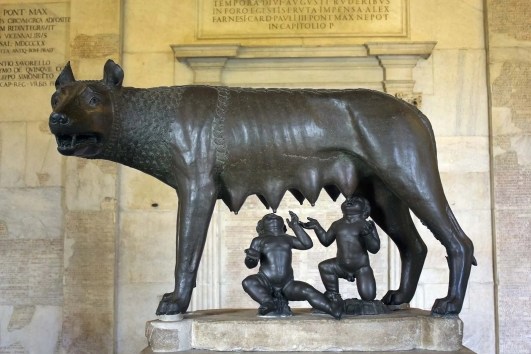
Though one of many Founding Myths of Rome, the tale of Romulus and Remus is the most popular one. The twins were born in Alba Longa, near the site of the future city of Rome. Their mother Rhea Silvia, a priestess of the goddess Vesta, is stated to have been visited by the god Mars, the God of War, one night to the dismay of the local King Amulius. Amulius had deposed his brother, the father of Silvia, off the throne and saw the birth of the twins as a threat to his rule. He ordered their deaths, and they were soon left near the river Tiber. The god Tiberinus is rumored to have saved them and allowed the twins to live near Alba Longa.
Scared to go back into town, the twins resorted to living in the woods, where they would be raised by a she-wolf in a cave known as the Lupercal. Eventually, a shepherd, Faustulus, adopted them and raised them with his flock. Though unaware of their identity, the twins began drawing attention as natural leaders of the community. The pair got involved in a dispute between King Amulius and Numitor, leading to the capture of Remus. Suspecting his identity, the king was about to kill Remus when Romulus came, joined by Numitor, and freed him. Amulius was killed and the twins then set out to found a city of their own.
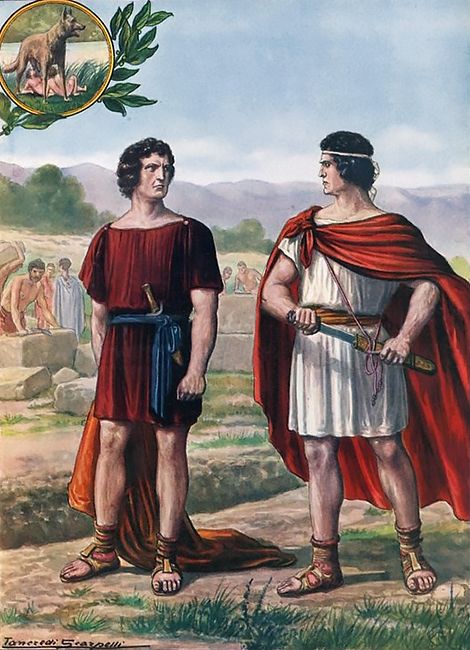
The twins arrived near the area of the Seven Hills, but they disagreed on which hill to build their city on. Romulus wanted to build on the Palatine Hill, whereas Remus wanted to build it on the Aventine Hill. After a heated argument, the pair set on seeking the approval of the gods through a contest of augury. This was the observation of auspicious birds. Whoever saw more, had the favor of the gods. Remus was winning at first, sighting 6 birds, but Romulus soon saw 12. Remus was infuriated by Romulus’s victory, and it further drove a wedge between the two. The turmoil over power led to Romulus brutally killing his brother in order to found the city of Rome, alongside its political, military, and religious institutions and traditions, ruling for around 37 years as its first king.
The Reign of Romulus – 753 to 716 BCE
The reign of Romulus saw the initial expansion and notoriety of Rome increase, with his establishment of the Roman Monarchy, Military, and Society. On April 21, 753 BCE, Romulus officially founded the city of Rome. He made several sacrifices of animals to the gods in his construction of the city’s boundaries. He began building the city itself and garnered the attention of the people, but not their approval. For this, Romulus, with the help of Numitor, addressed the people and gained their approval. After making a public sacrifice and praying to Jupiter, Romulus accepted the crown, becoming the first ruler of what would become the Western Civilization.
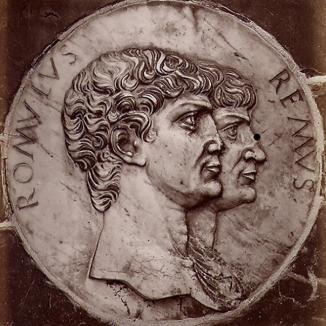
Romulus began setting up the social structure of Roman Society. He divided the population into three tribes named the Ramnes, Titienses, and Luceres for military and taxation purposes. Each tribe was presided over an official known as a tribune. Each tribe was also divided into ten curia, wards, presided over an individual known as a curio. Romulus divided up the land among the curias. For military purposes, each curia paid the military levy, which involved sending 100 men for the infantry, a unit known as a century, and 10 cavalry. The soldiers formed the Celeres, city military, and the Royal Bodyguard.
For administration purposes, Romulus established the Roman Senate. This encompassed 100 men called patres, the city fathers. Their descendants became known as patricians which composed the upper class of Roman Society, above the plebeians, everyone else.
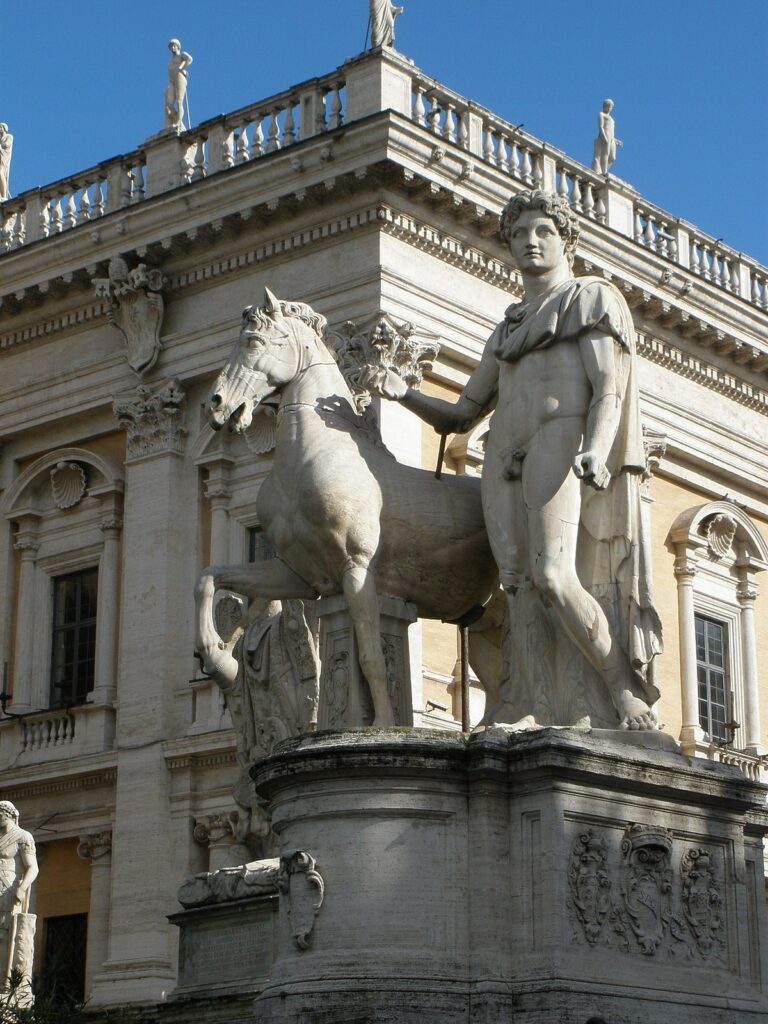
In an effort to grow his city, Romulus engaged in a controversial act. He saw that the majority of his subjects were young, unmarried men, so he sought intermarriage with the surrounding kingdoms to ensure the posterity of his Kingdom. However, most of his envoys were either robbed or thrown out. Infuriated, Romulus announced a Consualia, or a momentous festival and games. Many women from surrounding towns came to the Kingdom, particularly the Sabines. After a few days of games, Romulus gave the signal to his men and subjects to snatch and kidnap the women in order to secure brides. The surrounding kingdoms began declaring war on Rome one by one.
Near the Lacus Curtius pool, the Sabine peoples and Romans engaged in a fierce battle which saw heavy casualties on both sides. Romulus, in the middle of the fight, pledged a temple to Jupiter in order to ensure his line that they have the favor of the gods. During the battle, the abducted women marched between the lines and pleaded their new Roman husbands and Sabine fathers and brothers to stop fighting and come to a peace treaty. Soon after, Romulus made a treaty to rule with the Sabine leader, Tatius, under a single community.
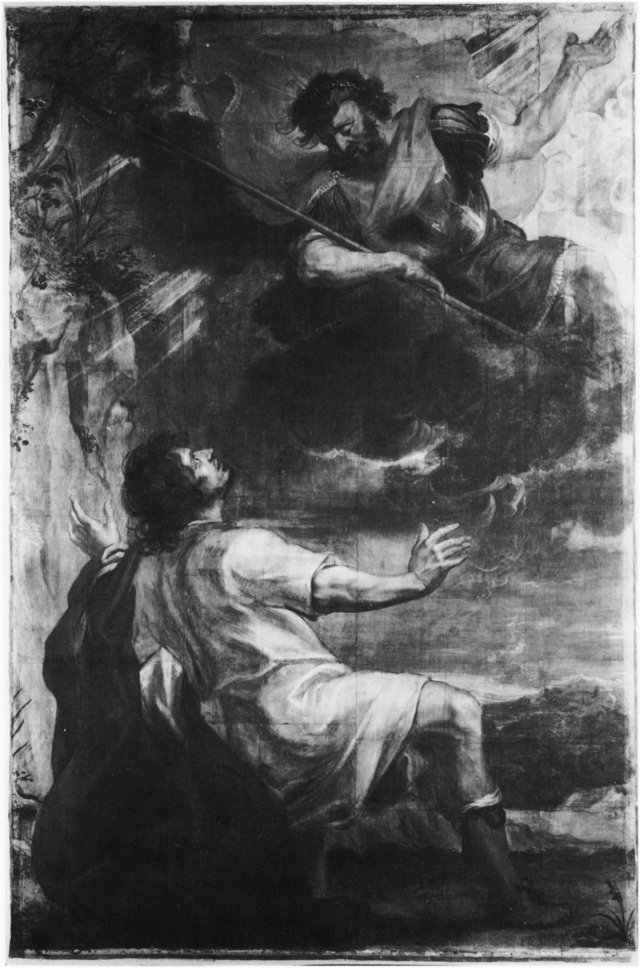
Romulus is said to have disappeared during a sudden storm in the middle of inspecting his army. A storm came and is believed to have raised Romulus to heaven by Mars. Another version of the story claims that he was murdered during the storm by Senators, jealous of his power. Many Romans believe the story of the gods as it gave the notion of divine support for the Romans, something they used to rally their people against future enemies.
Interregnum – 716 to 715 BCE
The Interregnum was a period in the Kingdom’s history in which no ruler was named successor. Due to this, ten chosen men from the senate governed Rome as successive interreges, short-term rulers.

Numa Pompilius – 715 to 672 BCE
Being an impartial and pious man, Pompilius was named the successor to Romulus as the Second King of Rome. Under his 43 years as King, Pompilius brought great peace and religious reform. He constructed a temple for the god Janus, the god of gates and transitory places. After establishing peace with nearby kingdoms, he shut the doors of the temple symbolically to show a time of peace.
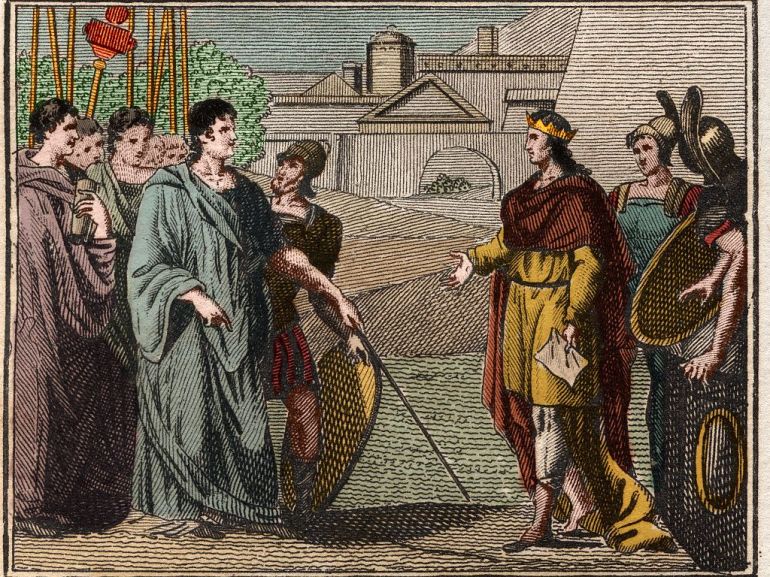
As a part of his religious reforms, Pompilius established Vestal Virgins in Rome and priests for the gods Jupiter, Mars, and Quirinus, He also created the position and duties of Pontifex Maximus, the chief priest of the Roman faith. Finally, he reformed the calendar to fit solar and lunar years, alongside adding the months of January and February, creating the Twelve Month Calendar.
Tullus Hostilius – 672 to 640 BCE
Being completely unlike Pompilius, Tullus was warlike and waged several wars against Alba Longa, Fidenae and Veii, and the Sabines (all cities and peoples near Rome). He disregarded the worship of the gods for most of his life until his death, where it is believed he called upon Jupiter, but Jupiter responded with a bolt of lightning and burned Tullus and his house.
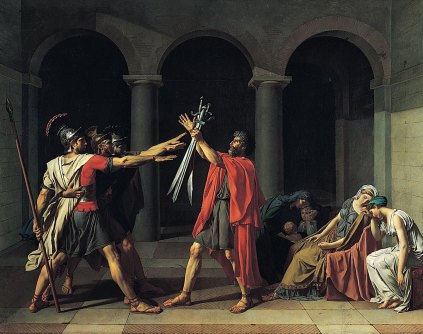
Decline and Revolution – 640 to 509 BCE
The Roman Kingdom saw a heated war with the nearby Etruscans who had sacked and burned many Roman cities. After reaching its zenith around 580 BCE, the Kingdom saw increasing volatile Kings with aristocratic sons. These sons would engage in dishonorable acts which infuriated the Roman people and Senate. The last king, Lucius Tarquinius Superbus (534 – 509 BCE), waged many wars against nearby groups such as the Volsci. He used violence and intimidation to control Rome and the Senate, which caused his approval to dwindle.
Over time, he began to become more and more violent, increasing tensions with the senate. This culminated in the actions of the infamous Sextus Tarquinius, the son of Lucius Tarquinius Superbus, who assaulted Lucretia, a wife and daughter of powerful Roman nobles. Lucretia told her relatives about the attack but would commit suicide of shame as the situation was taboo in Roman society. Four men, led by Lucius Junius Brutus, incited a revolution that deposed and expelled Tarquinius and his family from Rome.
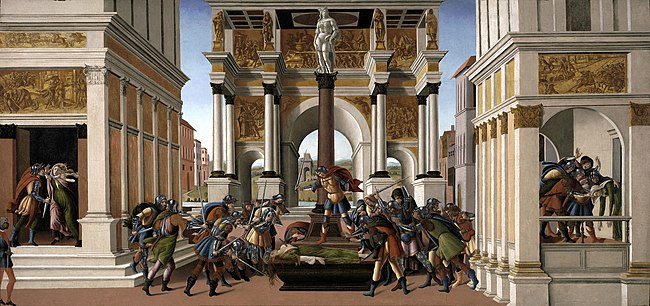
Birth of Republic – 509 BCE
After a violent revolt, Junius Brutus and Lucius Collatinus were declared consuls by the Roman Senate, beginning the age of the Roman Republic which would survive for nearly 500 years until the rise of Julius Caesar and Octavian (Caesar Augustus). During this time, Rome would engage in a series of wars across the Mediterranean in North Africa, Spain, the Middle East, and France and soon become not just a regional monarchy, but a world power.
Conclusion
From the story of Romulus and Remus, to the Roman Republic, Rome created religious, military, and political traditions which would continue to shape the history of the world in many ways. Many great empires and countries such as the British Empire, German Reich, and the United States would all make attempts to mimic and exceed Rome, borrowing laws, customs, and practices began by a small group of people in a temple, in central Italy.

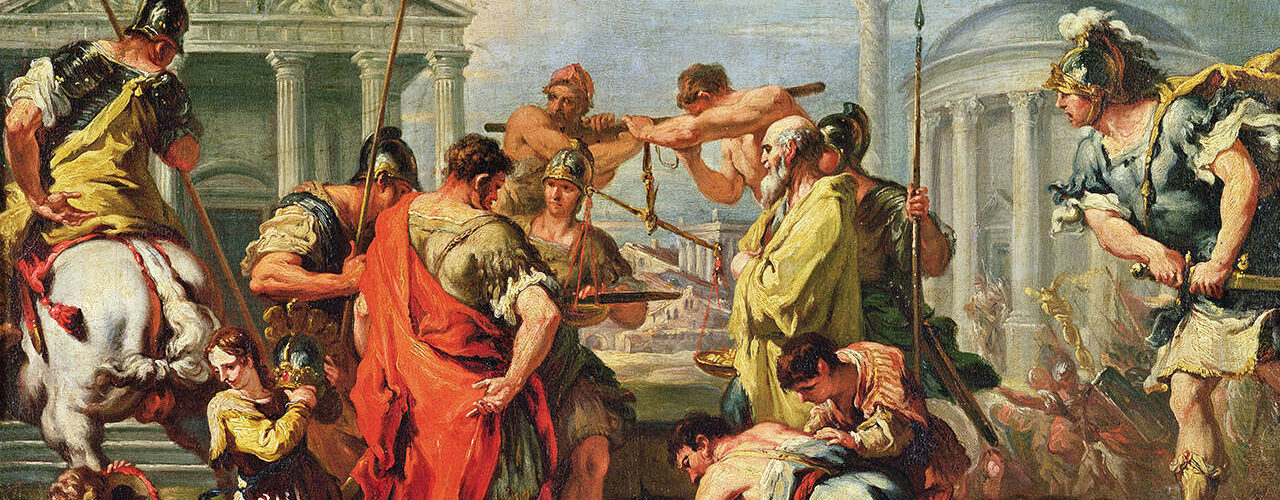



Hi, Akshat ,
Good article . I read it and enjoyed reading it very much. You should maybe include Augustus of Primaporta of Roman empire also..
Thanks for the read
Hey Sreepathy,
This was an overview of the Roman Kingdom (753 BCE – 509 BCE), which is different from the Republic and Empire. Don’t worry I will dive into all aspects of Roman History including Augustus, the several dynasties, Caesar, and the Five Good Emperors. I will also talk about the Eastern Roman Empire (Byzantium) in the future.
Thank You.
Thank you, I will stay tuned with your content ! Loved this post! Was this your first post? I never saw your title before…
Yeah this was my first article